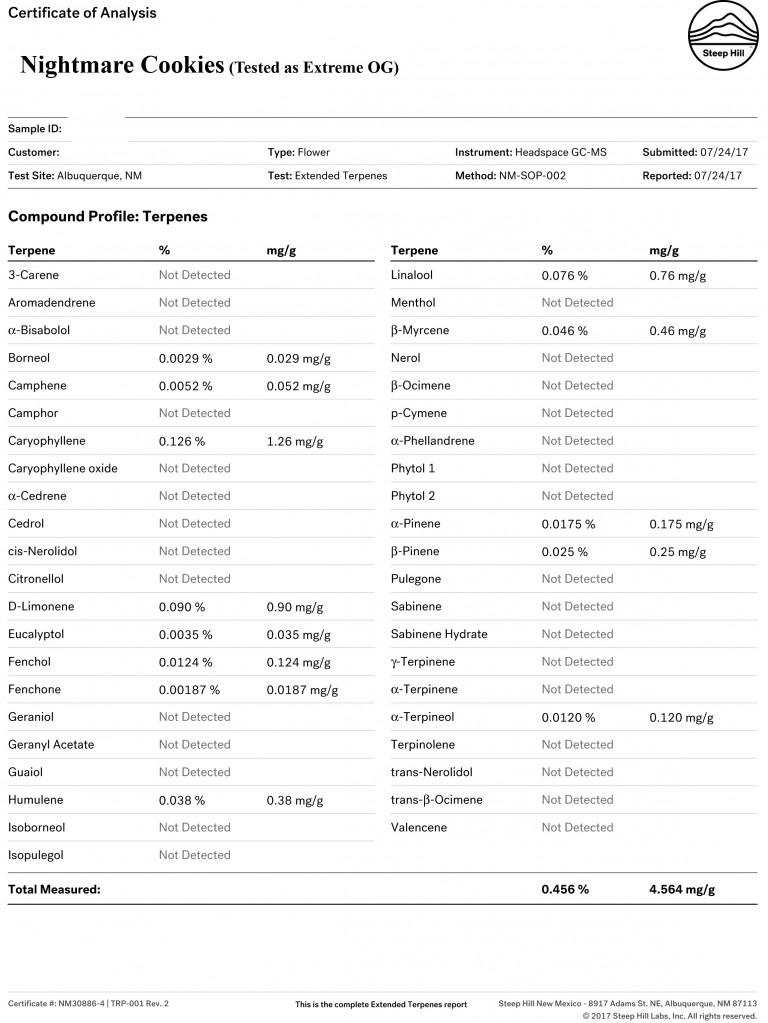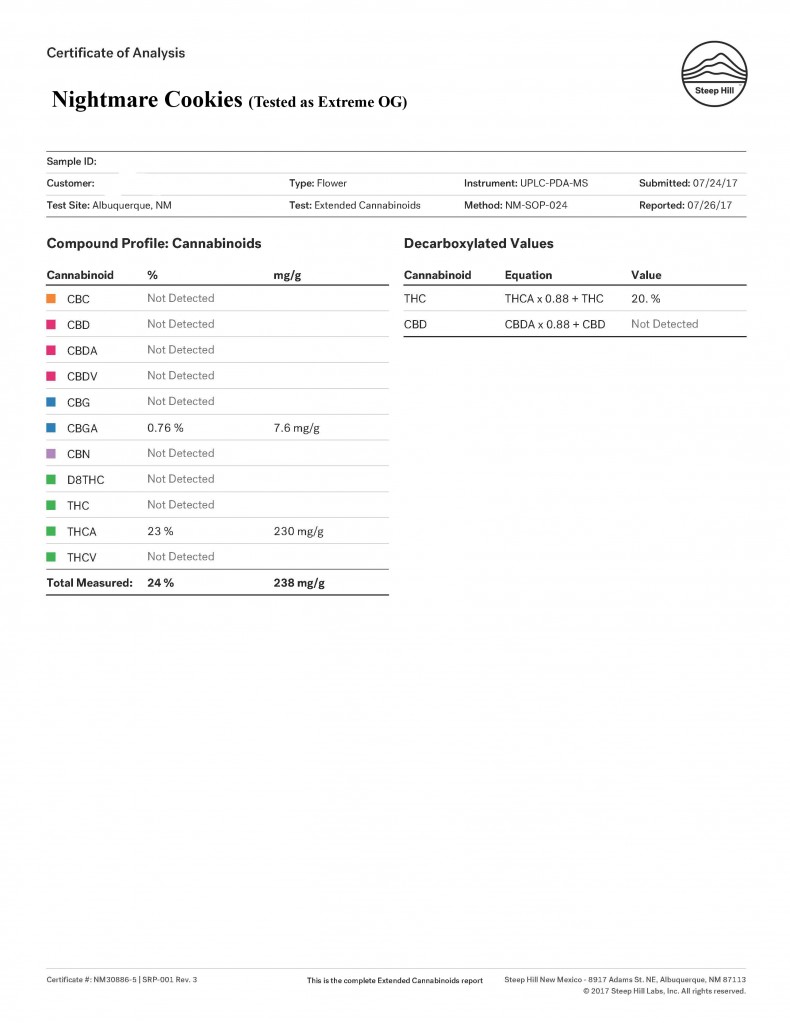One of the most frustrating parts of producing potent cannabis oils and products is understanding the decarboxylation process. How long is optimal for THC conversion? CBD conversion? How long is too long? What's being destroyed? What makes it through? Are there ways to manage the decarb for a more varied cannabinoid and terpene profile?
We now understand that the terpenes direct the action of the cannabinoids. This means it's the terpenes that define the effect. THC and CBD are a power couple of cannabinoids, but terpenes tell them how to apply that power. We can assume this happy partnership carries over to what we call "minor cannabinoids," the ones we simply haven't studied as closely.
Knowing this, it becomes advantageous to retain as much of the volitile terpene profile as possible, within reason, and we've dedicated a couple brainstorming threads to creating cannabis and cannabis products that have a more pronounced terpene profile.
Most of us are kitchen alchemist, happily turning our beloved plants into potent oils or butters for culinary and medicinal uses. Getting the decarb correct is of great importance when you're going to introduce cannabinoids through the gut. If your medical needs call for a high THC medicine you want to be reasonably certain you're getting maximum decarboxylation of THCa. The same can be said for CBDa.
A pair of our members, Canyon and Kicknitup1, will be joining forces for a few days next month and do their best to get at least some of the basic questions about decarbing answered. Here's a further breakdown of what they plan to do during this adventure, in Kicknitup's own words: (I did some formatting

)
Canyon is generously providing the residence for the testing project to be carried out, and he's graciously included some of his magnificent produce in the package, assuring a final product of high quality. I'll let him explain his part in this enterprise in his own words.
We have lab results of the beginning plant material. Canyon sent this sample to the lab with a friend who confused the name of the specimen. That explains Canyon's notation that the specimen had been tested as Extreme OG.
Our hope, as articulated by both participants, is to generate any input that you think might help them avoid wasting their time with tests you already know aren't worth it, or questions you'd like to see answered. This is but the beginning of the exploration, and the powerful way we brainstorm on this site offers great potential to get decarb nailed down so that we can proceed with our potent infused oils, edibles, and butters, secure in the knowledge that we're coming close to the mark.
So, how can we help you, and how can you help our intrepid lab rats? Feel free to jump into the conversation. There are no
guidelines other than respectful participation, one of the hallmarks of our wonderful site.
And again, any information you might have on Nightmare Cookies will be greatly appreciated.

We can't start a thread without some pretty pictures, can we? A couple shots of the sacrificial lamb, Canyon's recently harvested Nightmare Cookies.



 )
)


